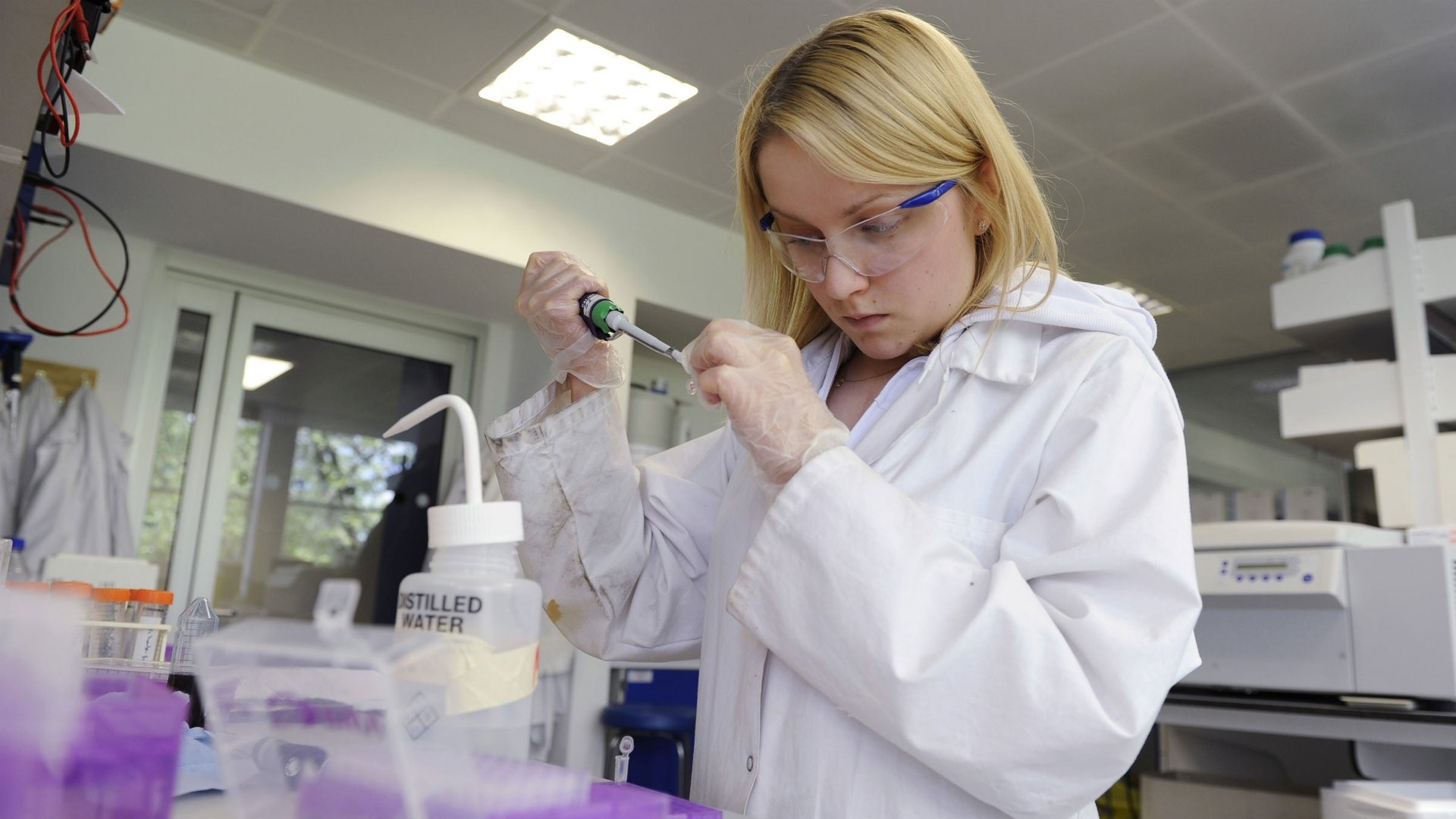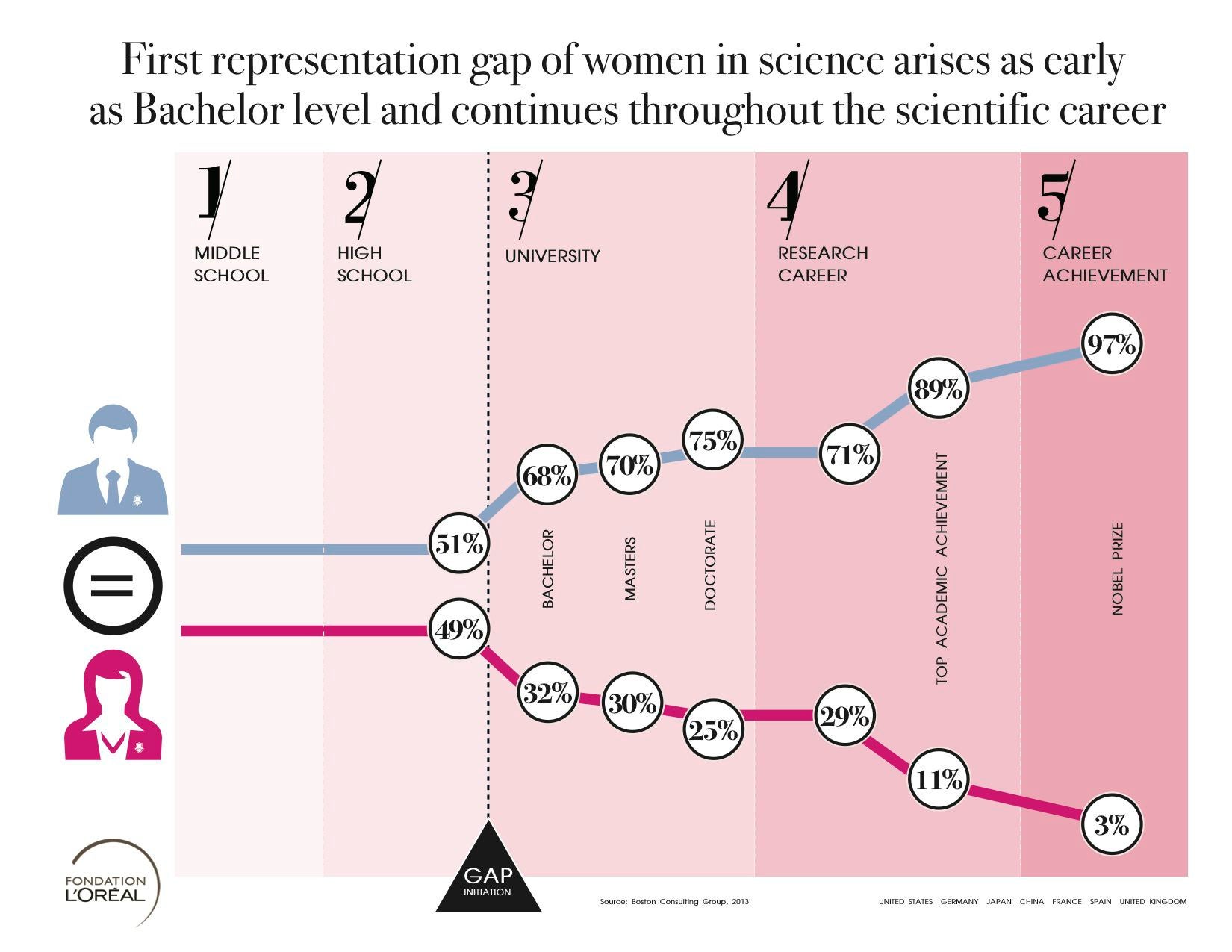How to get more women in science—and keep them there
When I was in medical school in the 1970s, women were just starting to choose careers as physicians. We faced a lot of unconscious bias—being ignored in class or when going on medical rounds—and we didn’t have very many role models. What kept me going was a love of science and a passion for research.


When I was in medical school in the 1970s, women were just starting to choose careers as physicians. We faced a lot of unconscious bias—being ignored in class or when going on medical rounds—and we didn’t have very many role models. What kept me going was a love of science and a passion for research.
Today, less than one-third of research scientists are female. And unfortunately, the root of this striking gender gap begins early. According to a report from the L’Oreal Foundation, boys and girls perform equally well in science throughout high school, yet many young women graduate with preconceived ideas—deeply rooted gender stereotypes—about science, which discourage too many of them from pursuing a scientific profession.
Clearly, we need more female scientists, and we need them to become leaders in their fields. How can we ignore the talent of half of our population? I’ve been committed to mentorship throughout my career because I believe that, as in so many areas, those with more experience have the responsibility of training the next generation. But my mentorship also takes younger female researchers as a special area of focus since this is a group that so badly needs additional support. Programs like L’Oreal’s, which recognize and reward young talent and encourage discovery and innovation, are vital to developing the next generation of female scientists.

Finding creative ways for women to balance their work and family responsibilities is also critical to developing female leaders in science. When I was president of the American Association of Immunologists, I started a program called Primary Care Technical Assistance Supplement, which enabled people with small children to hire a technician to help them in the lab. We soon saw positive results. A number of women in the program went on to become tenured professors and department chairs and to assume other leadership roles. Another possibility would be for two women to share a lab. They could apply for grants jointly, co-author papers, and combine their efforts at securing promotions and tenure. Of course, these kinds of efforts require funding, a scarce resource in these challenging times. Still, isn’t it worth investing in the future that science can help create?
There are so many talented, brilliant women with the potential to be leaders in science. Their success depends on the risks they take, as breakthroughs are only made by those who are willing to dare and to innovate. My advice to them would be to always ask for what you want, master the art of multitasking, and make time for mentorship – the next generation needs us now more than ever. Be as stubborn as a bull and persevere during the difficult times, and if you want children, have them. It’s not easy, but being able to balance work and family is probably one of the greatest accomplishments for female scientists. Let’s put ourselves first and inspire other women to stick with science. The world is counting on us.